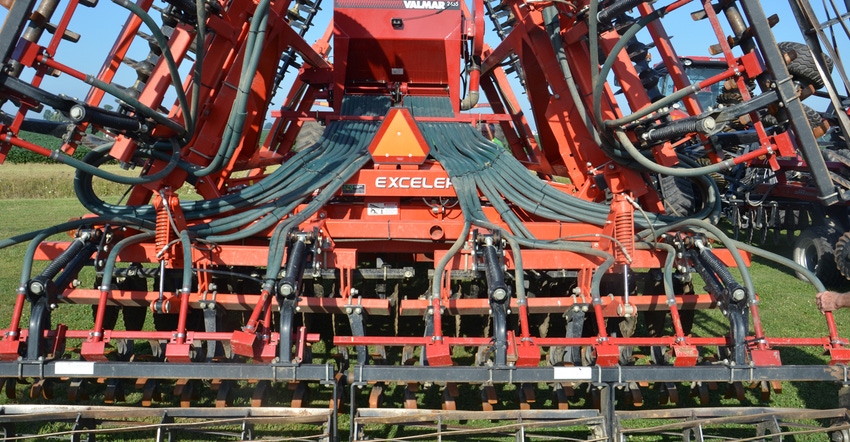July 31, 2019

By Amanda Kautz
Congratulations! You’re almost through the summer of 2019. What a trying season so far! Whether you’re ready for this or not, now is the time to finalize plans for cover crops this fall.
For 2019, there are additional considerations that you’ll need to factor into your cover crop plan due to the challenges of the spring planting season. These include potential late harvest of cash crops, herbicide residual and seed availability.
3 key factors
Here is a closer look at each of these three complicating factors:
1. Corn and soybean planting dates. When did you get your cash crop planted this spring? If your crop planting was like so many others across Indiana, you were planting cash crops later than usual. While our modern corn hybrids and soybean varieties are capable of catching up on growth, it won’t be a surprise if harvest dates are late, as well. That can directly impact potential seeding dates for cover crops.
2. Herbicide residuals. Another consideration is the potential of herbicide residual still sticking around due to later planting dates. Pre- and postemergence residual herbicides were applied later than normal and could cause a stand issue, depending on the type of cover crop you seed and when you seed it. You’ll want to check herbicide labels or consult with your supplier if you’re unsure of the residual time frame. Look for plant-back restrictions to various crops on herbicide labels. They’re usually listed in terms of months before the specified crop should be planted.
3. Seed availability. Lastly, cover crop seed availability will play a large factor in what species are planted this fall. We’ve seen an unprecedented amount of cover crops seeded across the country on prevented plant cropland. Although it’s unfortunate to have prevented plant cropland, there’s nothing better a farmer can do than protect the land with cover crops, get living roots in the soil, and bring flooded and saturated fields back to life.
However, this increase of cover crop seeding, paired with low seed production of various cover crops last year due to hurricanes and drought in some seed-producing areas, means severely limited cover crop options for this fall. Certain species will be harder to find than usual, and you’ll need to pay attention to weed seed content and germination rates to ensure you’re purchasing quality seed.
Also remember, there are differences in varieties of various species of cover crops; make sure the variety you purchase is adapted to your area. If the seed tag says VNS, that means “variety not stated” — and you don’t know what variety you’re getting, experts say. One of the biggest differences in varieties of a species, such as annual ryegrass, is how well they survive winters in your area. Ask questions!
Kautz is a district conservationist for the Natural Resources Conservation Service. She writes on behalf of the Indiana Conservation Partnership. Tom J. Bechman contributed to this article.
You May Also Like




